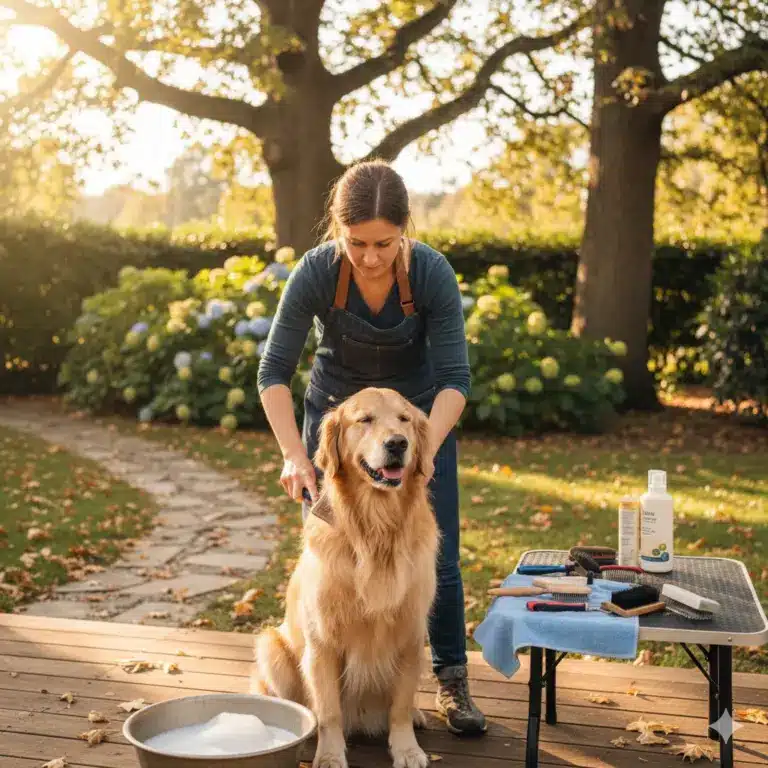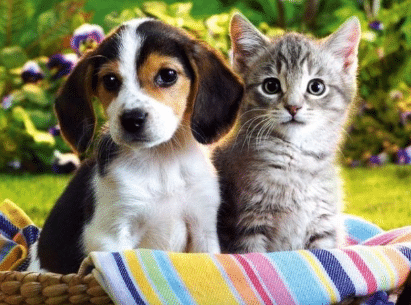What Should I Feed My Cat? The Complete Guide to Cat Nutrition

Cats are obligate carnivores, which means they must eat meat to get essential nutrients such as Taurine and Arginine. Without these, cats can become seriously ill. Luckily, most high-quality commercial cat foods are formulated to provide everything your feline friend needs to stay healthy (avw.au).
With so many options available, it can feel overwhelming to decide what to feed your cat. This guide will help you understand the basics of feline nutrition, life stage feeding, and tips to make mealtimes healthier and stress-free.
Choosing the Right Cat Food
When selecting food for your cat, here are key things to look for:
- Complete diet: Always choose food labeled “complete.” This means it contains all the nutrients your cat requires. Foods labeled “complementary” should only be given as treats (avw.au).
- Commercially made: Homemade diets are difficult to balance correctly. Stick with vet-approved, commercial cat food for safety and nutrition.
- UK Pet Food certified: Look for brands that are members of UK Pet Food (or equivalent organizations in your country) to ensure safety and quality.
- Life stage appropriate: Cats need different nutrients as kittens, adults, and seniors. Choose a formula designed for your cat’s current age (avw.au).
- Wet or dry: Cats can have wet food, dry food, or a combination of both. Wet food can increase water intake for cats that don’t drink much.
- Flavour and texture: Cats can be picky. Some prefer the same food daily, while others enjoy variety. Both approaches are fine as long as the food is balanced.
Feeding Cats at Different Life Stages
Feeding Kittens
Kittens (up to 1 year old) need nutrient-dense food for growth. Choose kitten-specific food with the right balance of protein, fat, and minerals. Start with soft, digestible meals from 3 weeks old. By 8–12 weeks, they can transition to solid food.
Feeding Adult Cats
Adult cats (1–10 years old) require food tailored to their lifestyle. Options include formulas for indoor cats, neutered cats, or weight management. Cats with medical conditions may need prescription diets—always consult your vet (avw.au).
Feeding Senior Cats
Senior cats (11+ years) need easily digestible diets with reduced salt and special nutrients to support kidney and joint health. Monitor weight, appetite, and water intake closely, as changes can signal health issues.
How Should I Feed My Cat?
Most cats prefer to graze throughout the day. Weigh out their daily portion in the morning to prevent overeating. If your cat finishes too quickly, divide the food into two meals.
Tips for feeding your cat:
- Use shallow, ceramic bowls (easier on whiskers and cleaner than plastic).
- Place food and water away from litter trays.
- Provide multiple food and water stations in multi-cat households.
- Ensure constant access to fresh water.
Changing Your Cat’s Food Safel
Switching cat food should be gradual to avoid stomach upset:
- Days 1–4: Introduce a small amount of the new food in a separate bowl.
- Days 5–10: Increase new food while reducing old food, keeping them separate.
- Days 10–14: Transition to only the new food. If your cat resists, slow down or try a different flavor or texture (avw.au).
Healthy Treats for Cats
While a balanced diet is enough, cats can enjoy occasional treats. Stick to no more than 10–15% of daily calories.
Safe treats include:
- Cooked chicken, turkey, or white fish
- Small portions of safe fruit and vegetables (cucumber, pumpkin, carrots, peas, blueberries, melon)
Avoid: grapes, raisins, onions, garlic, leeks, chives, and mouldy food (avw.au).
FAQs About Feeding Cats
1. What should I feed my cat daily?
A complete, commercial cat food designed for their age and health status. Always provide fresh water.
2. Can I give milk to my cat?
No, most cats are lactose intolerant. Instead, offer fresh water. Special “cat milk” exists but should be limited (avw.au).
3. Can cats eat a vegetarian or vegan diet?
No, cats need meat for nutrients like Taurine. A vegan diet can cause serious health issues.
4. Can I feed my cat a raw diet?
Raw diets carry risks of bacteria and parasites. If considering raw feeding, consult your vet first (avw.au).
5. How often should I feed my cat?
Kittens need multiple small meals, while most adult cats do well with grazing or 2 meals per day.
6. Can I mix wet and dry cat food?
Yes, many owners combine both. Just ensure total portions match your cat’s daily needs.
7. What fruits and vegetables are safe for cats?
Safe options include cucumber, pumpkin, peas, melon, and blueberries (in moderation). Avoid toxic ones like grapes, onions, and garlic.
Final Thoughts
Deciding what to feed your cat is one of the most important parts of caring for them. A complete, age-appropriate, high-quality cat food will ensure they receive all the nutrients they need to thrive. Add in occasional safe treats, fresh water, and regular vet checkups, and your feline friend will enjoy a long, healthy life (avw.au).
Tags

Dr. Evan Shaw
Dr. Evan Shaw is an Australian veterinarian, a passionate animal advocate, promoting the philosophy that prevention is always better than cure.
His mission is to empower pet owners by providing expert advice and easy, consistent access to comprehensive pet protection.
What do you think?
Related Articles

Pet Haircare: The Complete Guide to Healthier Coats for Pets
Pet Haircare: A Professional Guide to Maintaining Healthy Coats for Dogs and Cats Many Australian pet owners struggle with shedding, dry skin, itchy patches, or

Dental Disorder of Pets | Natural Oral Care Powder – AVW
Dental Disorder of Pets: Causes, Symptoms, and Natural Solutions for Healthy Teeth A bright smile isn’t just for humans — your furry friend deserves one

Dog Dental Treats: Keep Your Dog’s Teeth Clean with Carob Drops
Dog Dental Treats: The Secret to a Healthier, Happier Smile for Your Furry Friend If you’ve ever been greeted by your dog with a big
